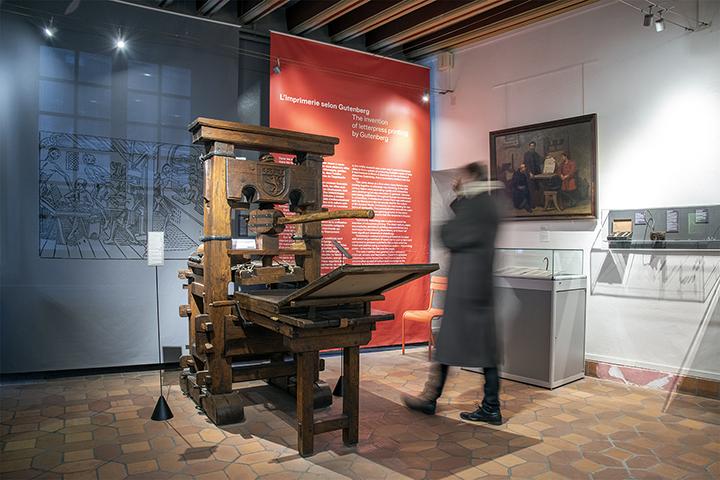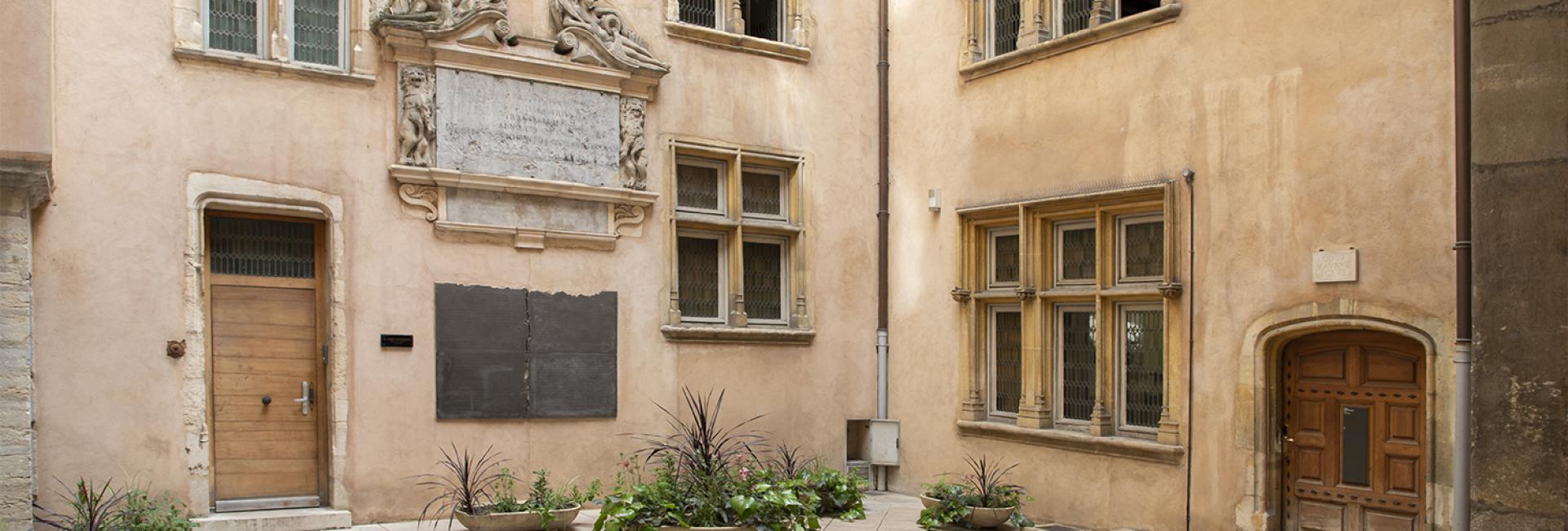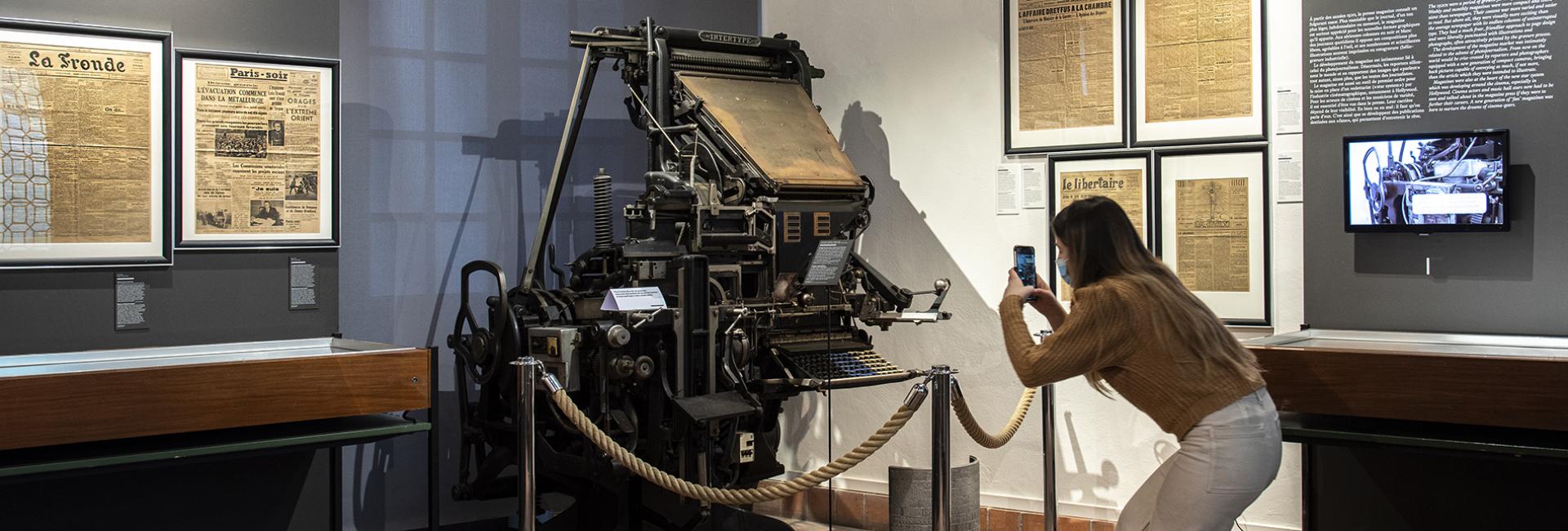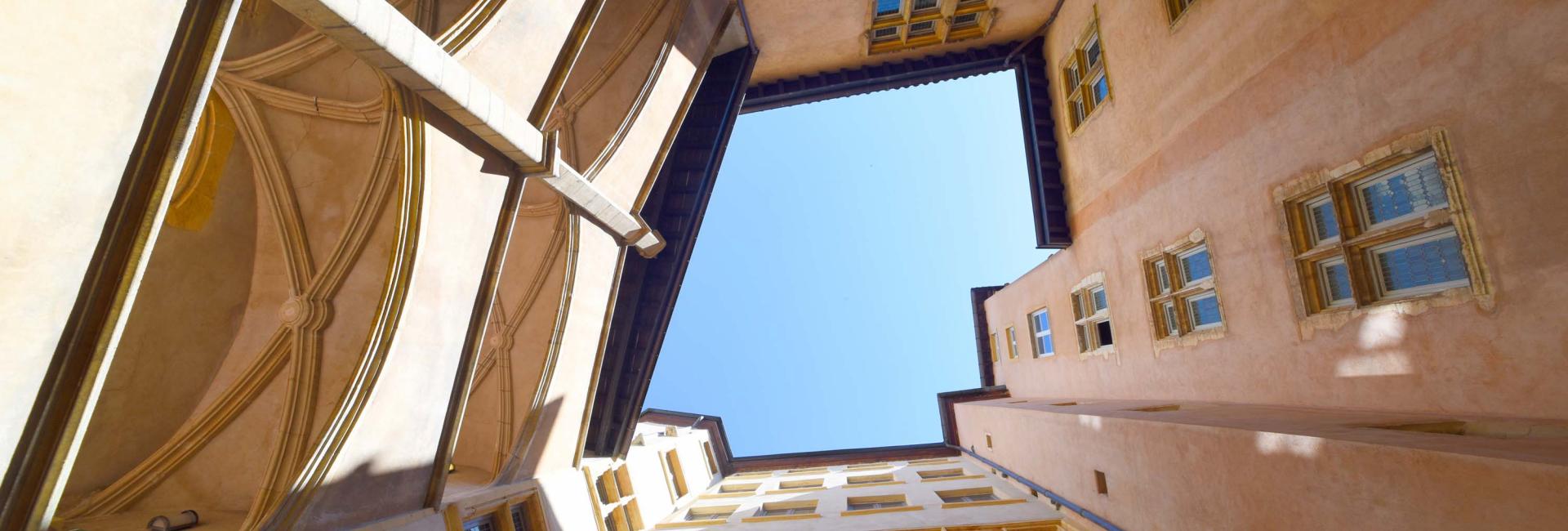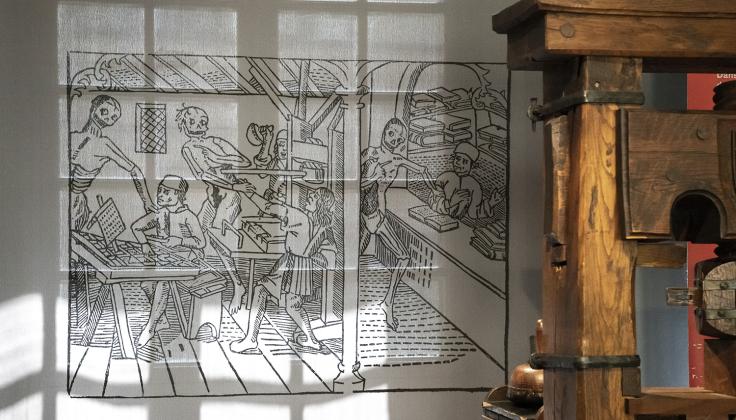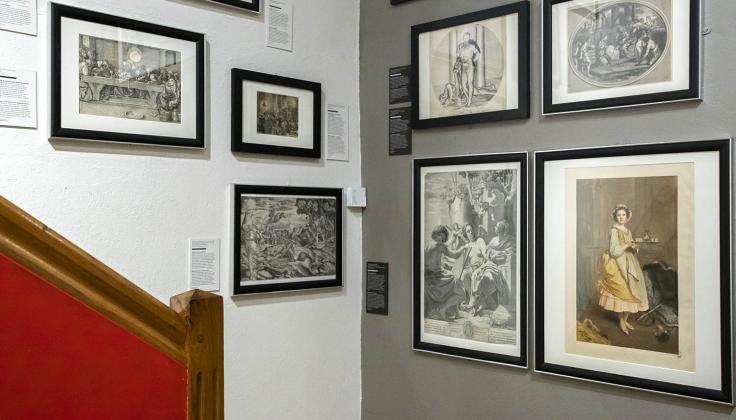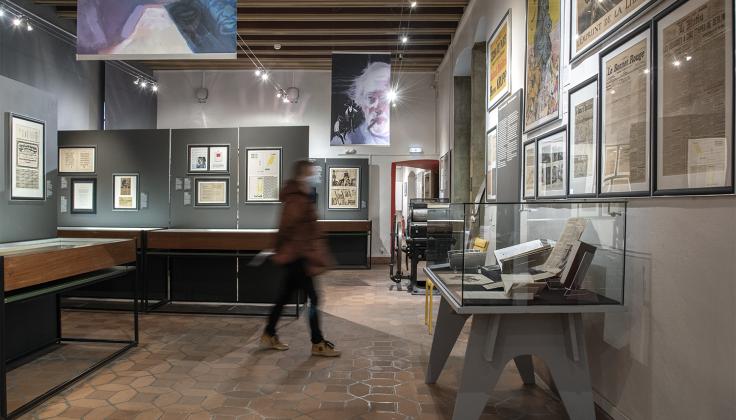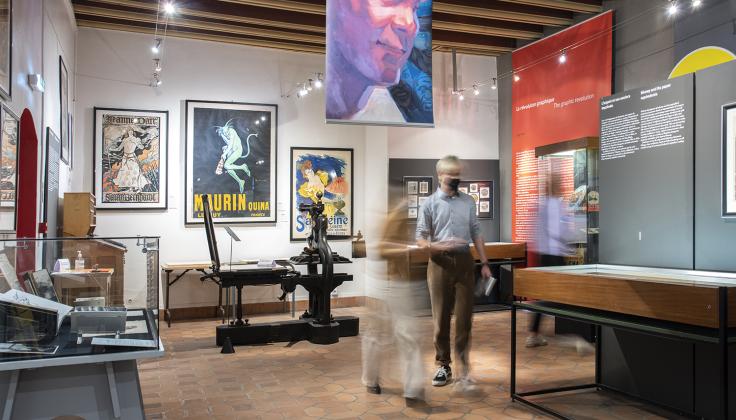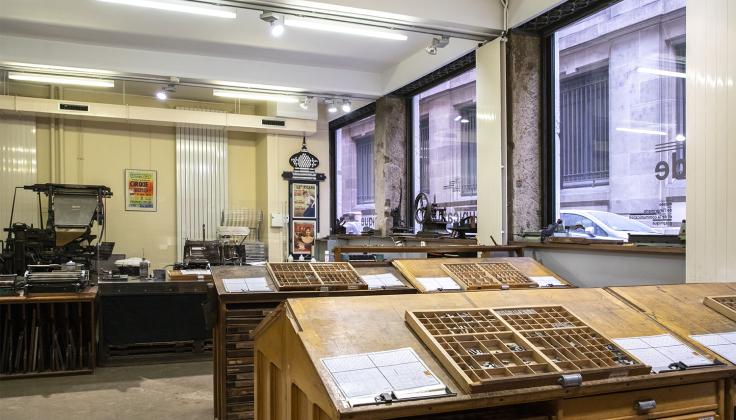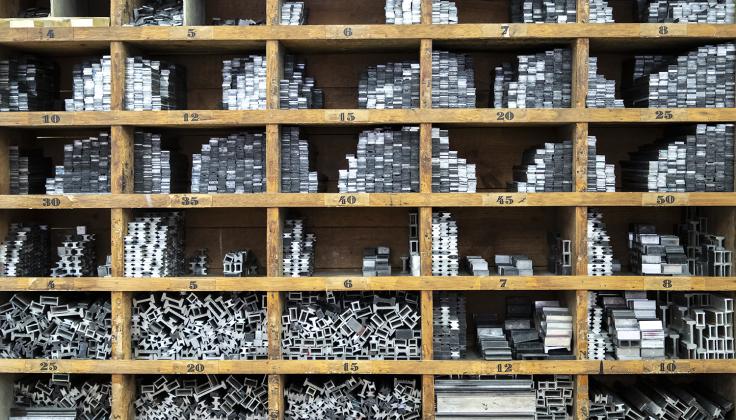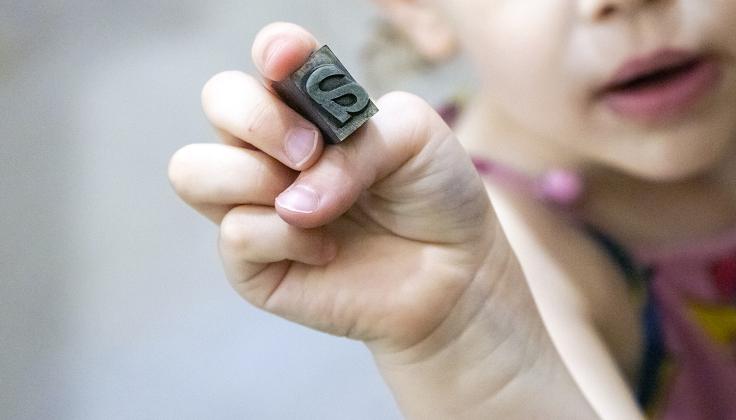Welcome to the musée de l'Imprimerie et de la Communication graphique [Museum of Printing and Graphic Communication]
You commonly use a smartphone, a computer, a tablet. You write on your keyboard, on your screen, you choose fonts, font sizes (Times new roman, Helvetica, Arial, etc.), you highlight in bold, in italics, you format your ideas and your pages. texts. You play with words and images. You print, too.
In short, you communicate!
It is for this reason that the musée de l'Imprimerie et de la Communication graphique proposes to give you historical, aesthetic, technical landmarks, to allow you to understand these everyday gestures better. By immersing yourself in the birth and evolution of printing since the Renaissance, you will be confronted with a living heritage that gives meaning to current technological changes. Alive, because regularly animated by temporary exhibitions and demonstrations of techniques and graphic arts, led by specialists in their field, moments of meeting, exchanges, with the possibility also of practicing, through numerous workshops throughout of the year.
The musée de l'Imprimerie et de la Communication graphique was born in 1964, thanks to three figures from the book world: the publisher Maurice Audin (whose brother Amable founded the Gallo-Roman museum of Lyon, Lugdunum), Henri -Jean Martin, director of the library of Lyon and theoretician of the history of the book, and André Jammes, Parisian bookseller, great connoisseur of typography.
Our museum first celebrates the place of Lyon in the early days of the printing press, a veritable Silicon Valley of innovation and distribution of printed books between the end of the 15th century and the middle of the 16th century, at the same level as Venice or Leipzig. Lyon also plays a leading role in the dissemination of innovative techniques, such as photocomposition in the 20th century. With the latter, the inventors René Moyroud and Louis Higonnet changed the way of printing and marked the end of the typographic composition inherited from Gutenberg. The chronological journey of the museum invites you to embrace five centuries of graphic evolutions, on two floors and three galleries. A journey from the appearance of the printing press in Asia to the triumph of print for all, the irruption of the image and the pre-eminence of advertising, the development of graphic design.
Since 2017, the temporary exhibitions have been considered as a counterpoint to the permanent exhibition of the collections and are immediately based on contemporary subjects or directly related to the 20th and 21st centuries.
At a time when our society is preading so many images and digital texts, the strength and uniqueness of the Museum of Printing and Graphic Communication lies in the possibility of constantly working and echoing the traces of the past. and contemporary forms of creation, current topics and the deep relationships that unite audiences to texts and images.
